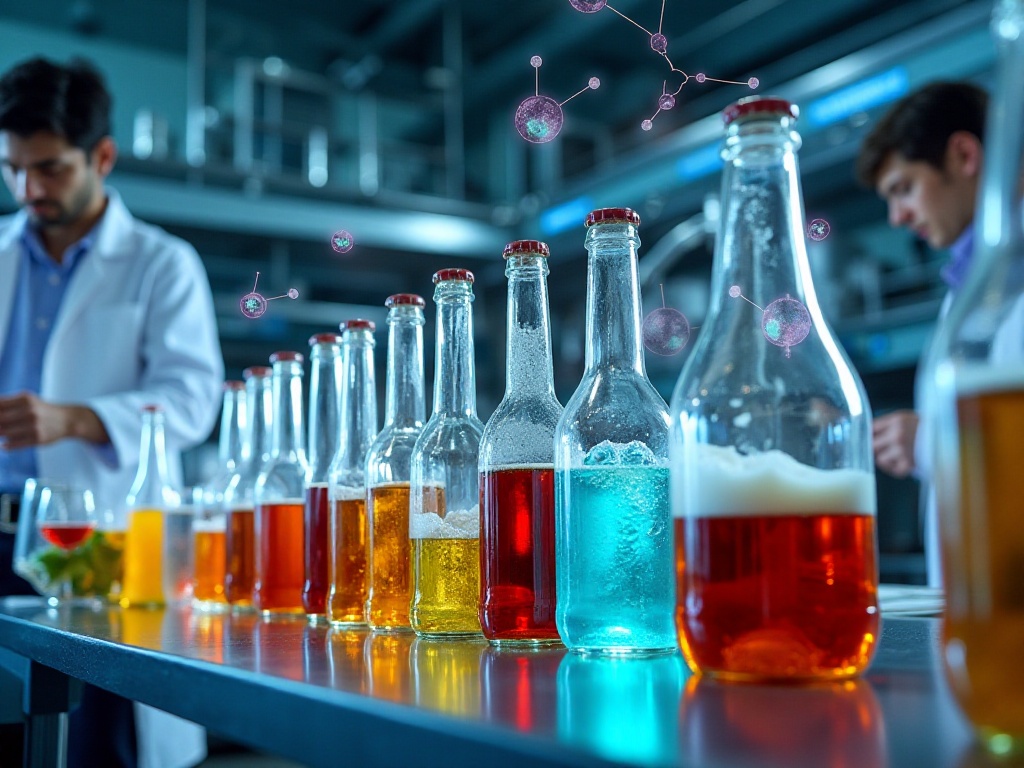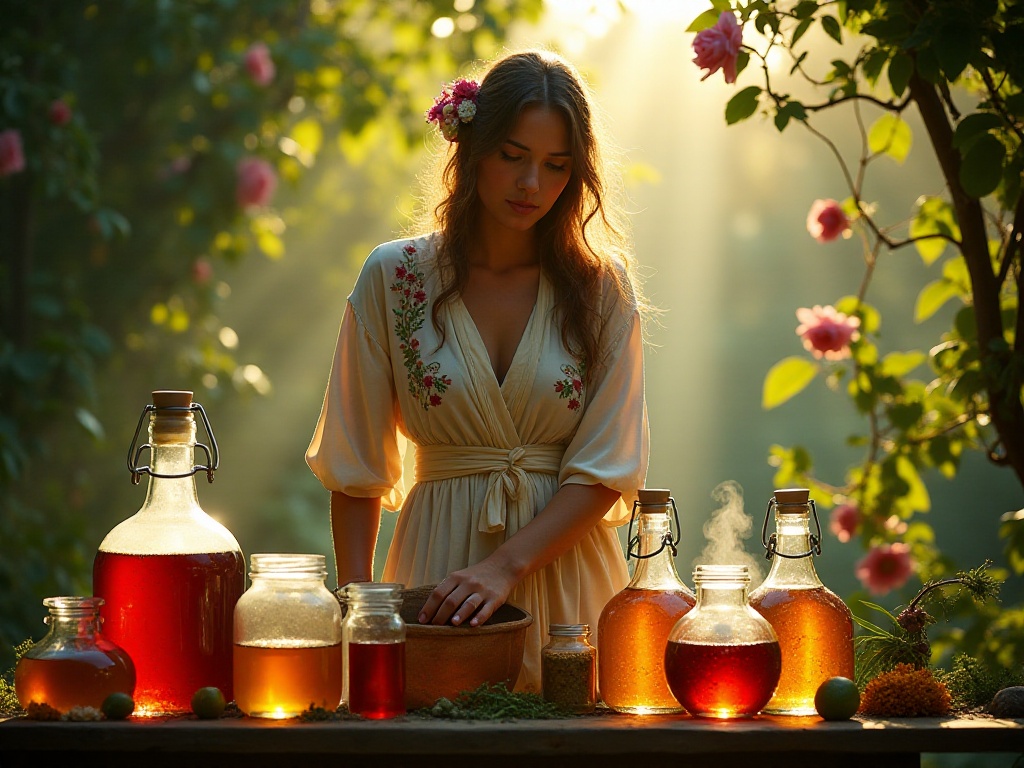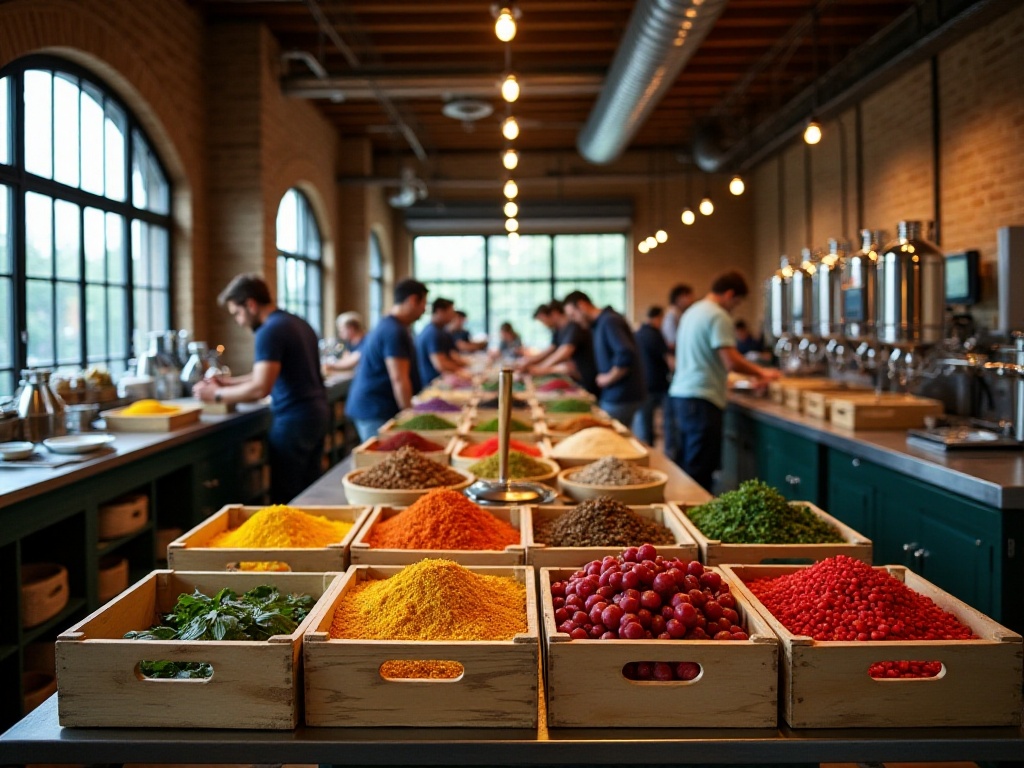Introduction
Honestly, I was so fortunate to intern at a Michelin restaurant! Although it was only a week, learning from bartender Tony every day completely transformed my understanding of the beverage world. This week's experience made me realize that our everyday drinks can be so much more refined and sophisticated. Today I'll share the tips I learned during my internship to make better drinks. I guarantee these techniques will elevate your beverage experience by several levels!
The Art of Glassware
I'm sure many of you have experienced this: the same drink tastes completely different when had at a coffee shop versus at home, and different again at an upscale restaurant. I was confused at first until Tony told me that choosing the right glass and controlling its temperature is the first step in upgrading a drink's taste.
On my first day working at the Michelin restaurant, I was shocked by their attention to glassware. Before opening each day, servers would put all glasses in a dedicated refrigerator to pre-chill for at least half an hour. Tony explained this wasn't just for show, but rather the optimal pre-chilling time determined through professional testing. It turns out that glasses treated this way can maintain drinks at their optimal drinking temperature for longer.
Especially in summer, using room temperature glasses for cold drinks creates a temperature difference between the glass wall and the beverage that causes ice to melt faster, not only diluting the drink but also compromising its taste. However, using pre-chilled glasses maintains an even low temperature throughout the drink, resulting in a smoother mouthfeel.
Of course, I know not everyone has a dedicated beverage cooler at home. But Tony taught me a really practical tip: before preparing a drink, first fill the glass with ice cubes and wait about a minute to quickly cool the glass. While the effect may not be as good as a professional refrigerator, it's sufficient for home beverages.
Different drinks should also use different glasses, which is particularly evident in Michelin restaurants. For example, mojitos use tall glasses to fully release the mint aroma, while whiskey needs heavy-bottomed short glasses to better appreciate the amber color of the liquor. Even for basic lemonade, they choose different glass shapes for different occasions.
Tony also specifically mentioned that the glass material is important. Glass is most commonly used because it doesn't affect the original flavor of the drink and its transparency enhances the visual effect. Stainless steel cups are particularly suitable for drinks that need to stay cold but aren't suitable for acidic beverages. Ceramic cups are best for hot drinks because of their good heat retention and ability to slowly cool hot drinks to the optimal drinking temperature.
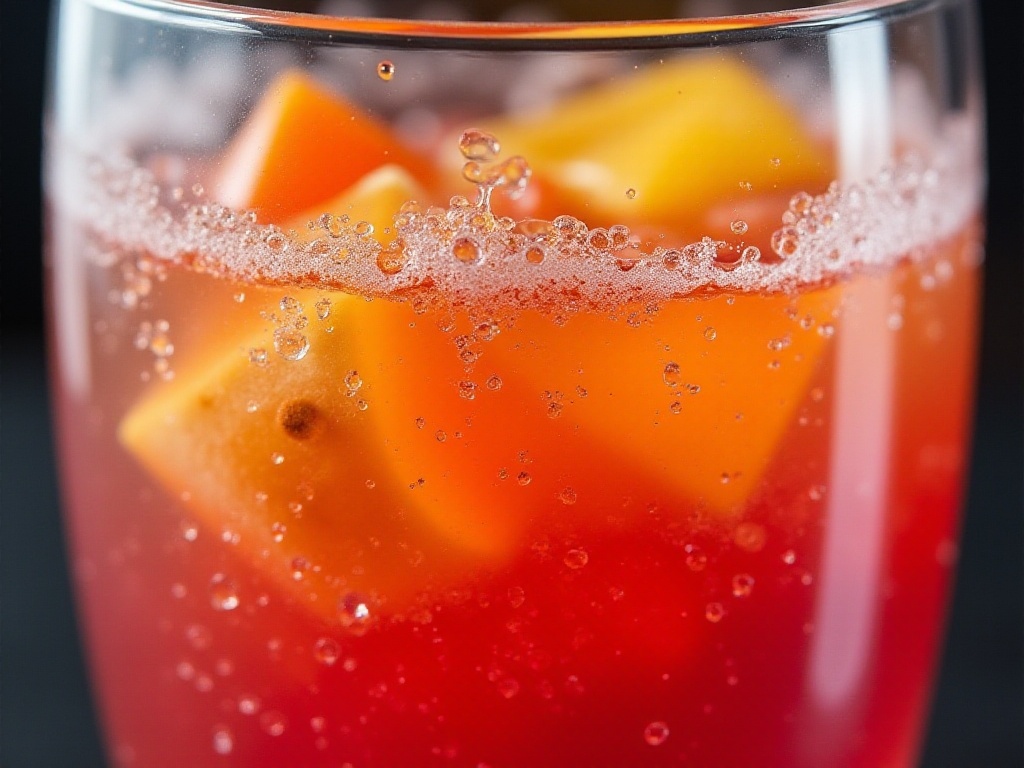
The Science of Ice
Speaking of ice cubes, that's truly a major subject. On my first day of internship, I was "scolded" by Tony for carelessly adding a few ice cubes. He said: "Ice is the soul of drink mixing. Used well, it's the perfect finishing touch; used wrongly, it's counterproductive."
First is the quantity issue. Many people think too much ice will dilute the drink, so they stingily add only three or four cubes. Actually, this approach backfires. Tony explained that when there aren't enough ice cubes, they melt particularly quickly because each cube has to handle more cooling work. Instead, filling the glass full of ice means each cube has a smaller "workload" and therefore doesn't melt as easily.
At the Michelin restaurant, the standard practice for cold drinks is to fill over 80% of the glass with ice. You read that right - 80%! At first, I thought it was too extreme, but practice proved this is indeed the most scientific approach. A glass full of ice not only quickly cools the drink but maintains a stable low temperature, keeping the taste consistently at its best.
Ice quality is also particularly important. The restaurant uses specially crafted completely transparent ice cubes without any bubbles or impurities. These ice cubes not only look more premium but also melt more slowly due to their higher density. While we may not be able to be this professional at home, we can at least use purified water to make ice, so the cubes won't have tap water's odd taste.
Shape also matters. Large ice spheres are standard for premium cocktails because their surface area is smaller than regular cube ice, so they melt more slowly. Plus their round shape is more appealing and particularly photogenic. If you don't have special ice sphere molds at home, you can use silicone ice trays to make larger cube ice, which works well too.
There's another particularly interesting detail: different drinks require different levels of crushed ice. For example, mojitos which need quick cooling use finely crushed ice, while whiskey that should be sipped slowly is best with large ice spheres.

The Art of Flavor
On my third day of internship at the restaurant, I discovered bartenders' little secret: everyone's workstation had an insulated box filled with special ice cubes. Initially I thought these were regular ice, until Tony had me taste one, and I realized this was their secret weapon - flavored ice cubes.
Making flavored ice cubes isn't particularly difficult, but it's not exactly simple either. The most basic is lemon ice cubes: pour fresh lemon juice into ice trays and freeze. But making perfect flavored ice cubes still has many considerations. First, the lemon juice must be freshly squeezed and ideally frozen immediately after juicing to retain optimal flavor. Second, the lemon juice concentration must be moderate - too strong tastes harsh, too weak won't achieve the flavoring effect.
Besides basic lemon ice cubes, Tony taught me many innovative recipes. For example, adding some honey to lemon juice makes ice cubes that both flavor and sweeten; steeping fresh mint leaves in water before freezing adds a fresh aroma to drinks; you can even freeze fruit tea into ice cubes - when they slowly melt in water, you get a layered fruit tea experience.
What impressed me most was how Tony would adjust flavored ice recipes according to seasons. Summer uses more refreshing citrus, while winter favors warming flavors like ginger or cinnamon. He said: "The most important thing in mixing drinks is matching the seasons, that's how you create the most thoughtful experience."
These flavored ice cubes not only enrich drinks' taste but create subtle flavor changes as they melt, making the whole drinking process full of anticipation. For example, putting lemon-mint ice cubes in simple soda water might start with just a light fragrance, gradually release citrus sweet-and-sour notes as they melt, and finally present a balanced taste.
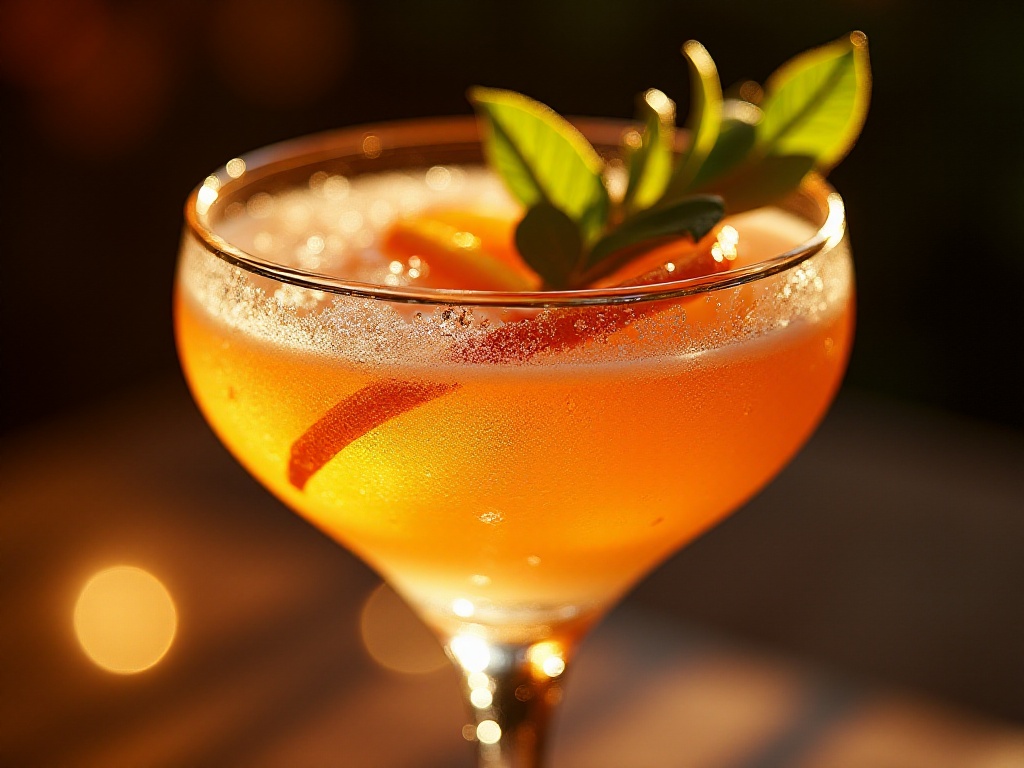
Sensory Experience
At a Michelin restaurant, making a drink isn't just about taste - it must consider multiple sensory experiences including visual and olfactory. As Tony often said: "A good drink shouldn't just taste good, it should look and smell good too." This statement gave me a whole new understanding of beverages.
First is visual experience. Every drink is carefully decorated before serving. But this decoration isn't just for looks - it must complement the drink's flavor. For example, sparkling wine is garnished with a few fresh blueberries, mojitos are topped with fresh mint leaves - every detail is carefully designed.
Aroma creation is also particularly particular. At the restaurant, before serving any cocktail, they lightly rub fresh citrus peel on the rim. This seemingly simple action is actually the best solution found through repeated practice. The essential oils in citrus peel form an aromatic barrier at the glass rim, so when you lift the glass, this fresh scent captures your sense of smell first.
Temperature control is also an important part of the sensory experience. Different drinks have different optimal drinking temperatures - pure whiskey is best at 18-20 degrees, iced cocktails should stay at 4-6 degrees, while hot coffee is most suitable at 62-65 degrees. At the restaurant, every drink's temperature is controlled according to these standards.
Even glass texture is particular. Tony told me a good drinking experience should start from the moment you touch the glass. Therefore, different drinks use glasses with different textures: whiskey glasses need a heavy bottom for a sense of stability; champagne flutes should be thin-walled to better show bubble activity; while some special cocktails use textured glasses to add tactile layers.

Non-Alcoholic Can Also Shine
Many people think drinks without alcohol lack sophistication, but my internship experience at the Michelin restaurant changed my view. Tony said: "A good non-alcoholic drink requires just as much professional knowledge and sophisticated skill."
What impressed me most was a non-alcoholic special Tony taught me. The recipe seems simple: fresh lemon juice, lime juice and cranberry juice mixed in 1:1:2 ratio, adding appropriate honey, finally topped with soda water. But each step has its unique requirements: lemons and limes must be freshly squeezed, honey must be pure natural, and even the soda water has specific brand requirements.
The order in the mixing process is also important. First mix the citrus juices, then add honey to fully dissolve - temperature is particularly important at this point because honey won't dissolve easily if too cold. Finally, pour in the chilled soda water slowly along the glass wall to maintain bubble vitality.
Besides this classic recipe, Tony taught me many innovative non-alcoholic drink methods. For example, smoothies made with fresh fruit puree can gain complexity by adding mint leaves or rosemary; using black or green tea as a base paired with different fruit juices can make refreshing tea drinks; even coffee can be varied many ways - cold brew coffee with coconut milk and vanilla syrup makes a very sophisticated special drink.
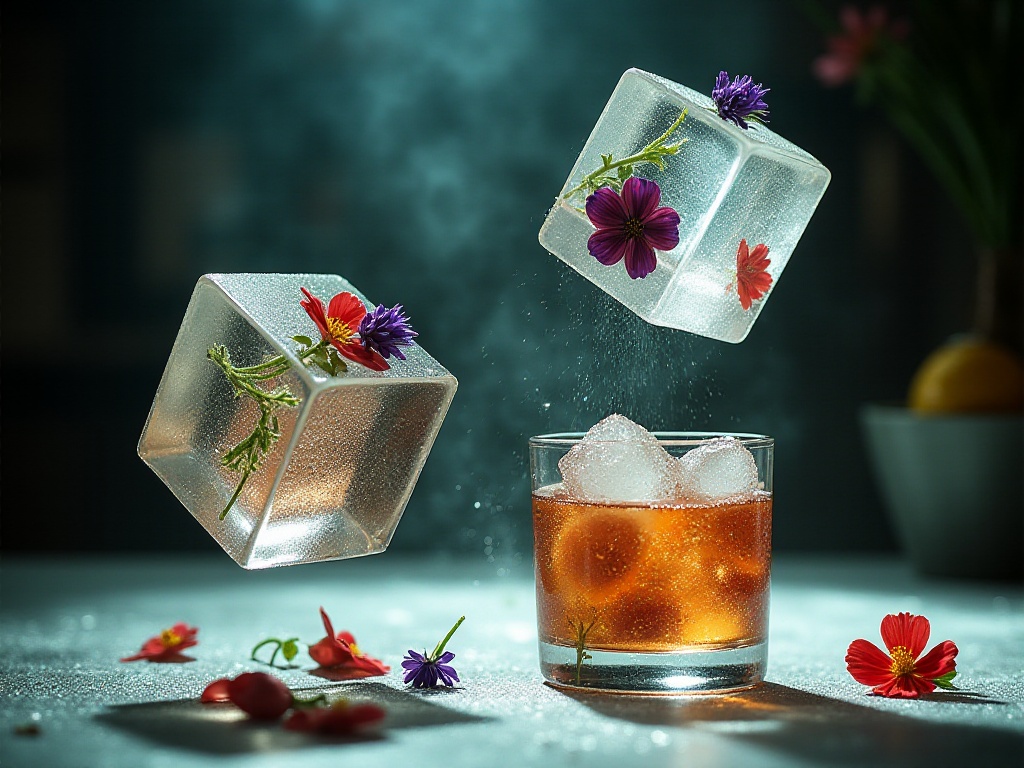
Final Thoughts
After the internship, my understanding of beverages is completely different. It turns out a good drink needs not just quality ingredients but professional knowledge and patient preparation. These techniques learned at the Michelin restaurant helped me understand why the same ingredients can produce vastly different tastes in different hands.
I remember what Tony said on my last day of internship: "Making drinks is like life - when you put your heart into it, ordinary things can become extraordinary." This has become my motto now. Every time I make drinks at home, I remember these details learned at the restaurant and practice them meticulously.
Recently I've been trying to develop some new recipes, hoping to bring Michelin-level drinking experiences to more people. Next week I'll share some special recipes that are easy to make at home, including fruit juice specials suitable for parties, casual tea drinks, and some tips to make daily coffee more interesting.




